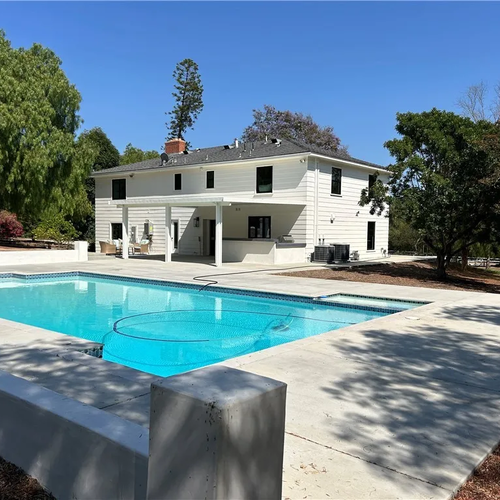A clear look at how escrow really works when you’re buying or selling a home in Tustin, Irvine, Anaheim, and beyond.
If you’re getting ready to buy or sell a home in Orange County, you’ll probably hear the word escrow over and over again. But what exactly does escrow mean? And what does the process really look like here in California?
As a local Realtor here in Tustin, I walk clients through escrow every week. The good news? It’s not as complicated as it sounds—when you understand the steps. Here’s a clear, practical guide to help you feel confident from offer to close.
1. What Is Escrow Anyway?
In simple terms, escrow is a neutral third party. When you’re buying or selling, the escrow company holds funds and documents safely until all the conditions of the sale are met. Think of them like a referee: they make sure everyone does what they agreed to do.
2. How Does Escrow Start?
Once your offer is accepted, your real estate agent will open escrow with a licensed escrow company—usually chosen when you negotiated the purchase contract. You’ll typically deposit your earnest money (good faith deposit) into an escrow account. This money shows you’re serious about closing the deal.
3. Escrow Holds Funds & Documents
The escrow company collects and holds:
- The buyer’s deposit
- The signed purchase agreement
- Loan documents (if you’re getting a mortgage)
- Reports and inspections
- Title paperwork
Their role is to make sure everything checks out and nothing changes hands until all conditions are satisfied.
4. What Happens During Escrow?
This is where the “in-between” magic happens. During escrow in California, you’ll:
- Complete inspections (home, termite, roof, etc.)
- Review disclosures
- Finalize loan approval if financing
- Work through any repairs or credits
The escrow officer acts as the point of contact between the buyer, seller, lenders, and title company.
5. Title Checks & Insurance
While escrow is in motion, the title company verifies clear ownership—making sure there are no liens or disputes on the property. You’ll also buy title insurance to protect your ownership rights.
6. Contingencies Are Removed
As inspections and financing wrap up, you’ll see deadlines for contingency removals—these are conditions that must be met for the sale to move forward. Your Realtor will guide you on when it’s safe to sign them off.
7. Final Walk-Through
Before closing, the buyer gets to do a final walk-through to confirm the home is in the same condition as agreed—repairs are done, and it’s ready for move-in.
8. Closing Day: Funds & Keys
Once all conditions are met, the escrow officer collects the remaining funds from the buyer’s lender, pays off any existing mortgage on the seller’s side, and records the new deed with the county.
Only then does the buyer get the keys—and the seller gets paid!
Final Thoughts: Escrow Doesn’t Have to Be Stressful
Escrow is simply the bridge between a signed offer and handing over the keys. In Tustin, Irvine, Anaheim, North Tustin, Santa Ana, and Orange, escrow companies do this every day. The key is having a trusted Realtor by your side to explain each step and keep the timeline on track.
Thinking about buying or selling soon? Reach out anytime—I’m always happy to break down the process so you feel clear, confident, and ready for what’s next.




Leave a Reply